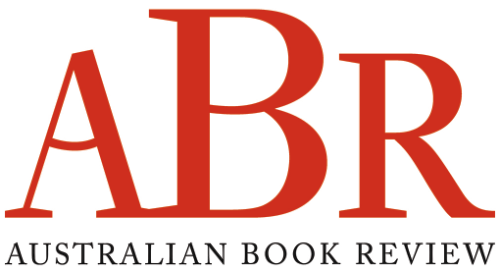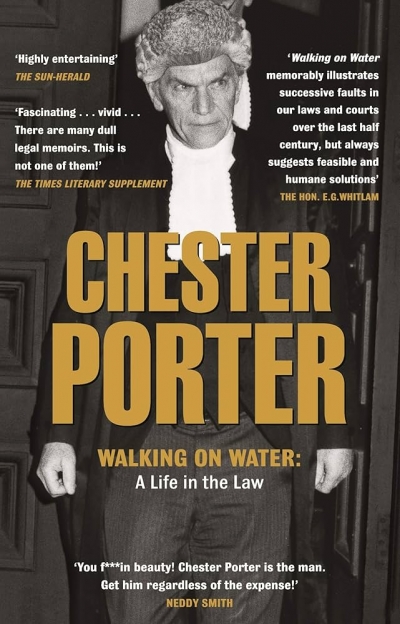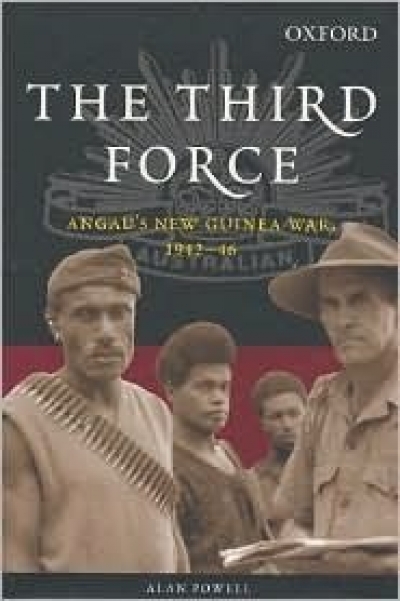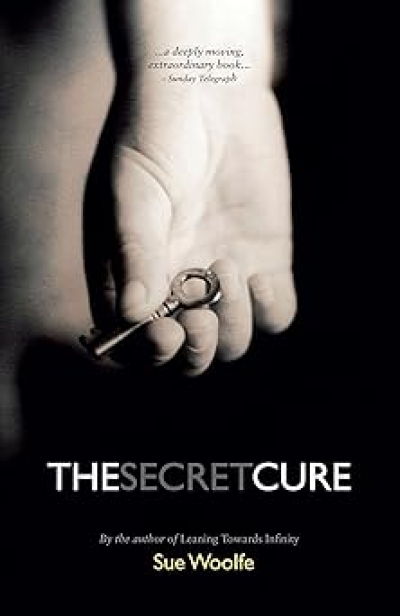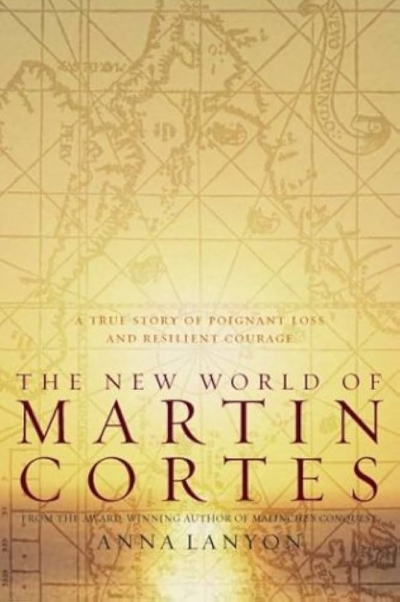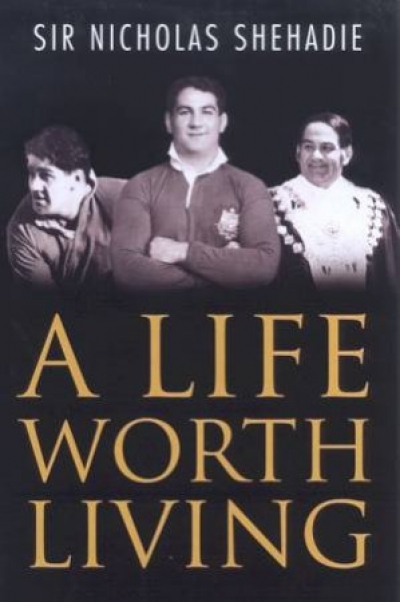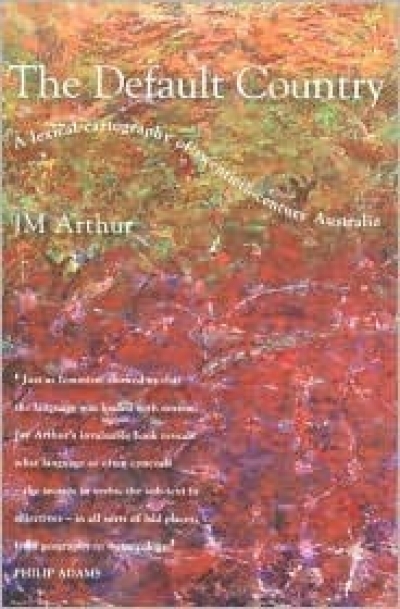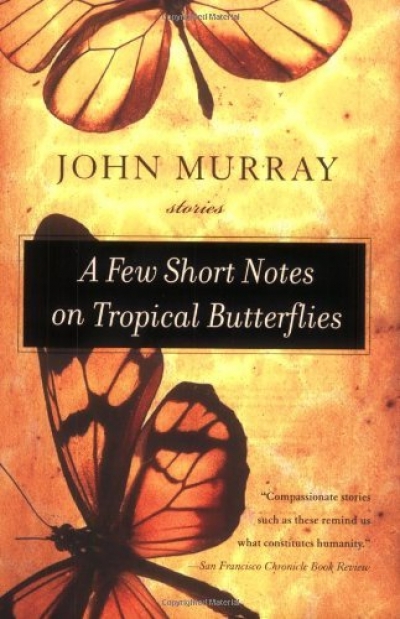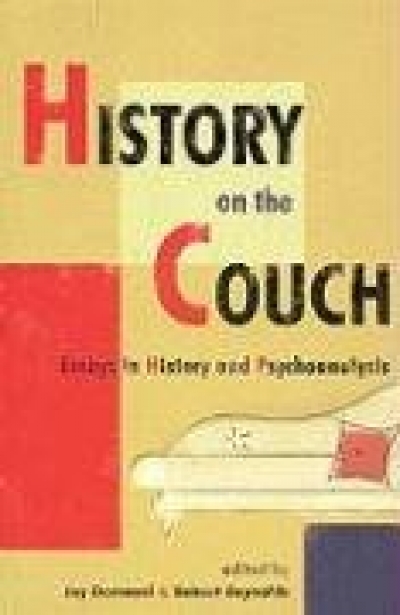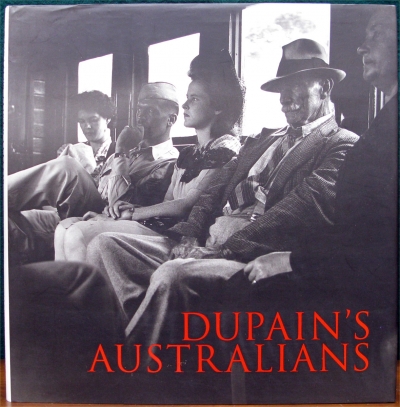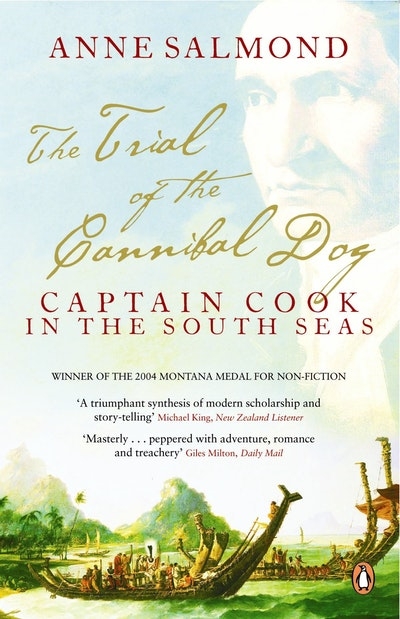Review
The Third Force: Angau’s New Guinea War 1942-46 by Alan Powell
by Hugh Dillon •
The Default Country: A lexical cartography of twentieth-century Australia by J.M. Arthur
by Kate Burridge •
History on the Couch: Essays in History and Psychoanalysis edited by Joy Damousi and Robert Reynolds
by Dolly MacKinnon •
Dupain’s Australians by Jill White (text by Frank Moorhouse)
by Isobel Crombie •
The Trial of the Cannibal Dog: Captain Cook in the South Seas by Anne Salmond
by Alan Frost •
